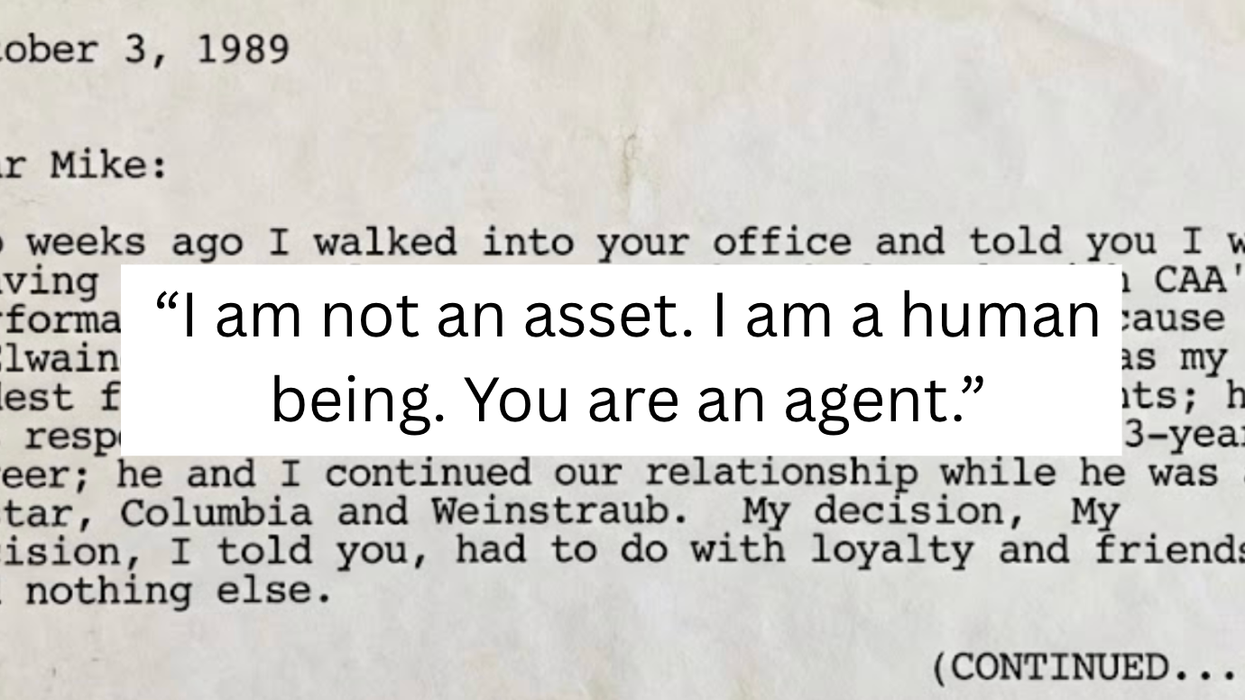When someone says we need a new Manhattan Project, do they really mean what they think they mean?
Tom Brokaw posed one of the savviest questions of the political debate season last fall when he asked Barack Obama and John McCain exactly how they intended to tackle climate change: "Should we fund a Manhattan-like project that develops a nuclear bomb to deal with global energy and alternative energy," he asked, "or should we fund 100,000 garages across America, the kind of industry and innovation that developed Silicon Valley?"Neither candidate really answered the question, but the Manhattan Project analogy quickly proliferated into something else. Obama won the election, a tumbling economy begged for stimulus, and suddenly, proposed Manhattan Projects were everywhere: members of Congress said we needed one for Detroit; doctors wanted one for health care reform; endless op-eds have called for such a model for energy independence.What all the comparisons seem to forget, in reducing the Manhattan Project to shorthand for massive government spending, is exactly what America built with the thing-the world's first weapon of mass destruction."I don't think people think very deeply when they draw the analogy," says Richard Rhodes, author of the Pulitzer prize-winning The Making of the Atomic Bomb. "They obviously aren't thinking much about the aftermath-either Hiroshima, Nagasaki, the whole Cold War and nuclear arms race, or the Pandora's box load of stuff that comes out of it."All of which would seem to disqualify the phrase from flippant popular use. But over the last 60 years, the romance of the Manhattan Project-physicists splitting the atom under a Chicago football field, Nobel Prize-winners clustered in secrecy in the New Mexico desert-has become entirely disassociated from its consequences, nuclear energy and warheads alike.Harry Truman first tempted our imaginations with the announcement, in 1945, that American scientists had begun "harnessing ... the basic power of the universe." Time made Robert Oppenheimer a hero. Hollywood turned the project into a 1986 sci-fi film. Today, we've distilled history even further into a cliché that ill serves both sides of the analogy-trivializing the original Manhattan Project, but also muddying our better intentions in the 21st century."You can't [save the environment] with a metaphor based on a project that raised the possibility of ending life on the planet," says Peter Kuznick, who directs American University's Nuclear Studies Institute. That irony, he adds, isn't lost on other countries, many of which-such as Japan-would probably rather we not collectively address climate change with "another Manhattan Project."Historians say the original Manhattan Project also translates poorly from the 1940s to the new millennium. Many of its hallmarks could never be replicated today. President Roosevelt threw $2 billion (about $30 billion today) at the theoretical bomb with neither congressional oversight nor public input. The project ultimately employed 125,000 people, fewer than a dozen of whom truly knew what they were working toward; it was an atmosphere of secrecy that today's world would never abide.A recent study, co-authored by Stephen Schwartz, points to another irony behind the analogy. Two-thirds of the Department of Energy's budget is today consumed by nuclear-weapons oversight, from managing our existing cache to the long-deferred environmental clean-up effort. That means the very people in government who could lead a "Manhattan Project for alternative energy" today remain occupied with the legacy of the original Manhattan Project.Some better metaphor must exist in our 250-year national history that wouldn't conflate our greatest scientific breakthroughs with our most destructive moments. Rhodes, Kuznick, and Schwartz each suggested the Apollo program might offer a more accurate comparison. It has, perhaps for lack of greater mystique and pyrotechnics, never retained the cultural currency of the Manhattan Project.The Apollo program, though, spanned more than a decade and at its height represented twice the percentage of federal spending devoted to the Manhattan Project (and about $100 billion total in today's dollars). The Apollo program was also undertaken in full view of the public, and while it did have military motivation, it produced none of its predecessor's ethical baggage.Americans have used technology to drastically shift the way our country-and the world-operates many times over: with the steamboat, the transistor, the automobile, and the internet. There should be little doubt that we can do it again; it's just a question of its proper historical predecessor. Some combination of models-civilian and military, private and public, 10 scientists and 100,000 garages-might offer the best blueprint, if not the simplest slogan."Unfortunately, neither of these past paradigms are sufficient," says Robert Norris, a nuclear historian at the Natural Resources Defense Council, referring to the Manhattan and Apollo projects. "We're going to have to make it up anew, a new way of doing things that fits today, that doesn't fit World War II, doesn't fit the Cold War decade of the sixties."Among the images at hand, however, a man on the moon certainly does more to inspire than a mushroom cloud over Hiroshima.
















 Otis knew before they did.
Otis knew before they did.